📚 Top 10 Geopolitical Lessons from The Revenge of Geography by Robert D. Kaplan – A Detailed Review
📖 Introduction
Robert D. Kaplan’s The Revenge of Geography delivers a powerful argument: the physical contours of Earth—its mountains, rivers, deserts, and oceans—continue to define the geopolitical strategies of nations. In a world increasingly dominated by digital narratives, Kaplan reminds readers that geography still holds the blueprint of power, conflict, and history.
This blog post will present a comprehensive review and analysis of The Revenge of Geography, highlighting the top 10 geopolitical lessons that resonate with today’s complex global landscape. As we proceed, we shall also evaluate Kaplan’s historical references, regional dissections, and his views on future geopolitical shifts.
Kaplan argues that the forces of geography are always at play in the background of international relations, even when technology, culture, and ideology seem to be the dominant drivers of history. This review will uncover the compelling ways in which geography, often overlooked in the rush to explain world events, shapes the decisions of nations and the fates of empires. The Revenge of Geography shows us that enduring physical realities must be factored into any credible geopolitical analysis.
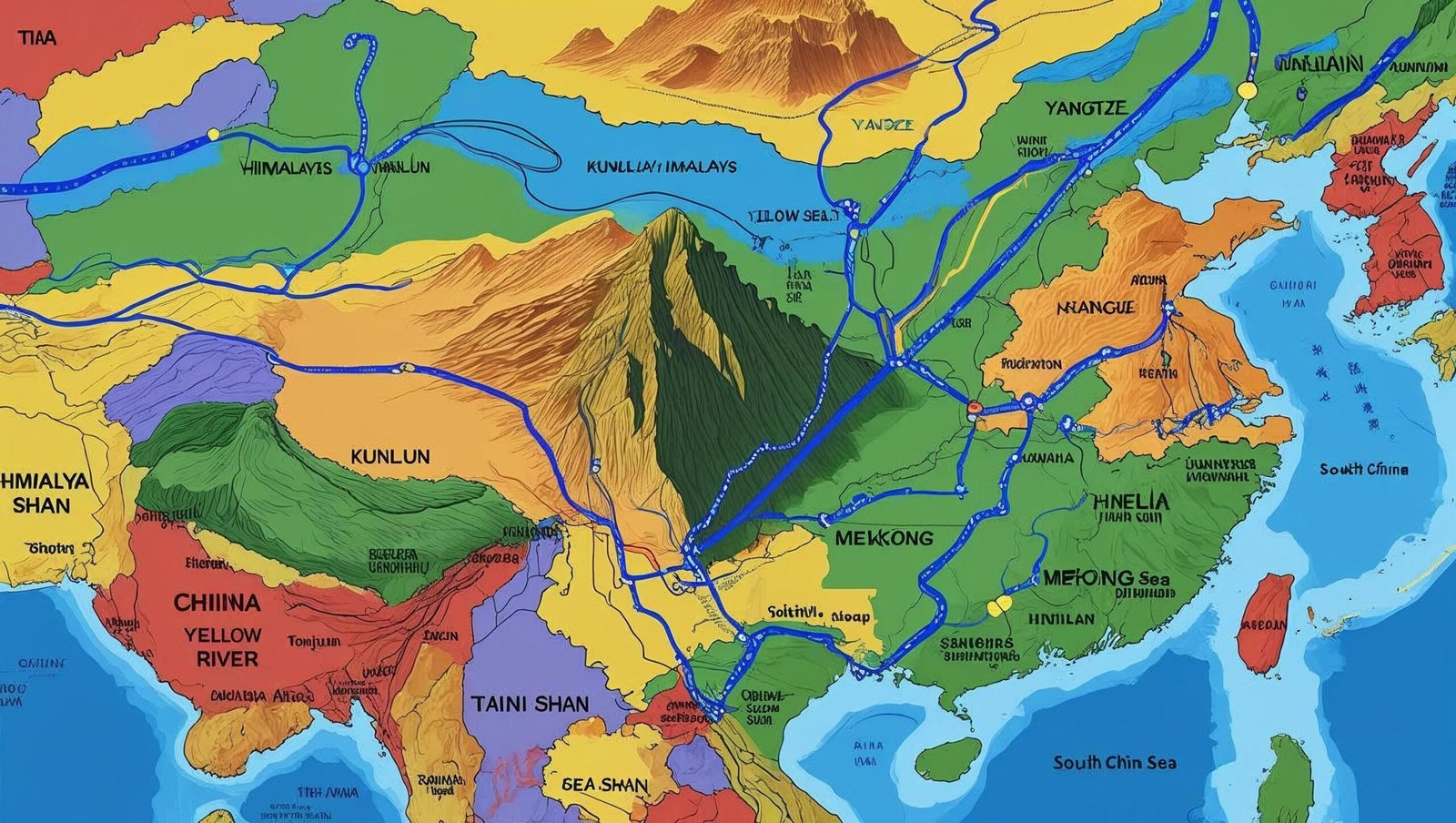
1. Geography as Destiny: The Book’s Core Argument
Kaplan insists that despite technological advancements, geography retains a firm grip on political behavior. Nations must navigate the same rivers, scale the same mountains, and defend the same borders as their ancestors. In his view, the map is not obsolete—it is destiny.
This opening lesson anchors The Revenge of Geography and sets the stage for examining how physical realities continuously shape foreign policy. Kaplan’s treatment of geography is not simplistic determinism but a framework for understanding recurring patterns in international affairs. For instance, in discussing countries like Russia, China, and the United States, Kaplan demonstrates that geography is not just a static fact but a continual influence on the present and future geopolitical strategies of these nations.
A powerful example Kaplan presents in The Revenge of Geography is the geographic advantage of the United States. America is shielded by the oceans on both sides, which gives it a strategic buffer and reduces the likelihood of foreign invasions. The absence of a significant land neighbor on its southern and northern borders allows the U.S. to pursue a more aggressive foreign policy without immediate threats from neighboring powers.
2. The Legacy of Classical Geopolitics
Kaplan resurrects the insights of early 20th-century geopolitical thinkers such as:
-
Halford Mackinder, who theorized the Heartland concept—control over Central Asia enables dominance over the world.
-
Alfred Thayer Mahan, who stressed the importance of sea power.
-
Nicholas Spykman, who emphasized the strategic value of the coastal Rimlands.
The Revenge of Geography doesn’t blindly adopt these theories; instead, Kaplan refines them for the 21st century. Still, he argues persuasively that ignoring these foundational ideas blinds policymakers to enduring strategic truths.
Mackinder’s Heartland Theory, which argued that Eurasia holds the key to world power, remains a key focus of Kaplan’s analysis, especially with regard to Russia and China’s geopolitical pursuits. While Mahan’s views on the dominance of sea power have been challenged by modern technological advances, Kaplan still emphasizes that the U.S. navy and its strategic position in the Pacific continue to have unparalleled significance.
Spykman’s Rimland Theory is also echoed throughout The Revenge of Geography in discussions of American involvement in the Middle East, Central Asia, and the South China Sea.
3. Russia’s Eternal Search for Security
Kaplan explains that Russia’s geography—vast, flat, and without natural boundaries—has made it historically vulnerable to invasions from the West (Napoleon, Hitler). This vulnerability has created a national psyche of paranoia and expansionism.
The annexation of Crimea and Russia’s assertive foreign policy are, in Kaplan’s eyes, manifestations of this geographical imperative. The Revenge of Geography, in this sense, is not just historical—it is prophetic. Kaplan makes the case that Russia, by virtue of its geography, will continue to seek buffer zones and extend its influence into neighboring regions.
Kaplan observes in The Revenge of Geography that Russian leaders, from Ivan the Terrible to Vladimir Putin, have shared a common goal: the creation of a buffer zone between Russia and the West. This has led to a consistent policy of territorial expansion, a policy deeply rooted in geographical necessity.
4. China’s Geographical Advantages and Constraints
China, though geographically gifted with rivers and fertile basins, is hemmed in by deserts and mountains to the west and surrounded by wary maritime neighbors to the east.
Kaplan credits China’s rise not just to political will but to its ability to capitalize on geography: controlling the South China Sea, asserting dominance in Central Asia via the Belt and Road Initiative, and protecting its borders through layered defense.
As The Revenge of Geography explains, China’s foreign policy strategies are deeply influenced by the need to secure its borders and access to crucial waterways. The South China Sea, for example, is a vital trade route, and its increasing militarization by China is an attempt to safeguard its economic interests.
5. The Middle East: Fragmentation Through Terrain
From the arid deserts of the Arabian Peninsula to the river-based civilizations of Mesopotamia, Kaplan details how geography has shaped religious, ethnic, and national identities in the Middle East.
He suggests that Western attempts to create centralized states in such a fractured terrain were always likely to fail. Iraq, for example, is an artificial construct of British cartography, its unity undermined by its geography.
The Revenge of Geography underscores how the region’s fragmented topography contributes to its persistent instability. Kaplan further emphasizes that strategic choke points like the Strait of Hormuz are vital to global energy security and therefore, hotbeds for geopolitical tension.
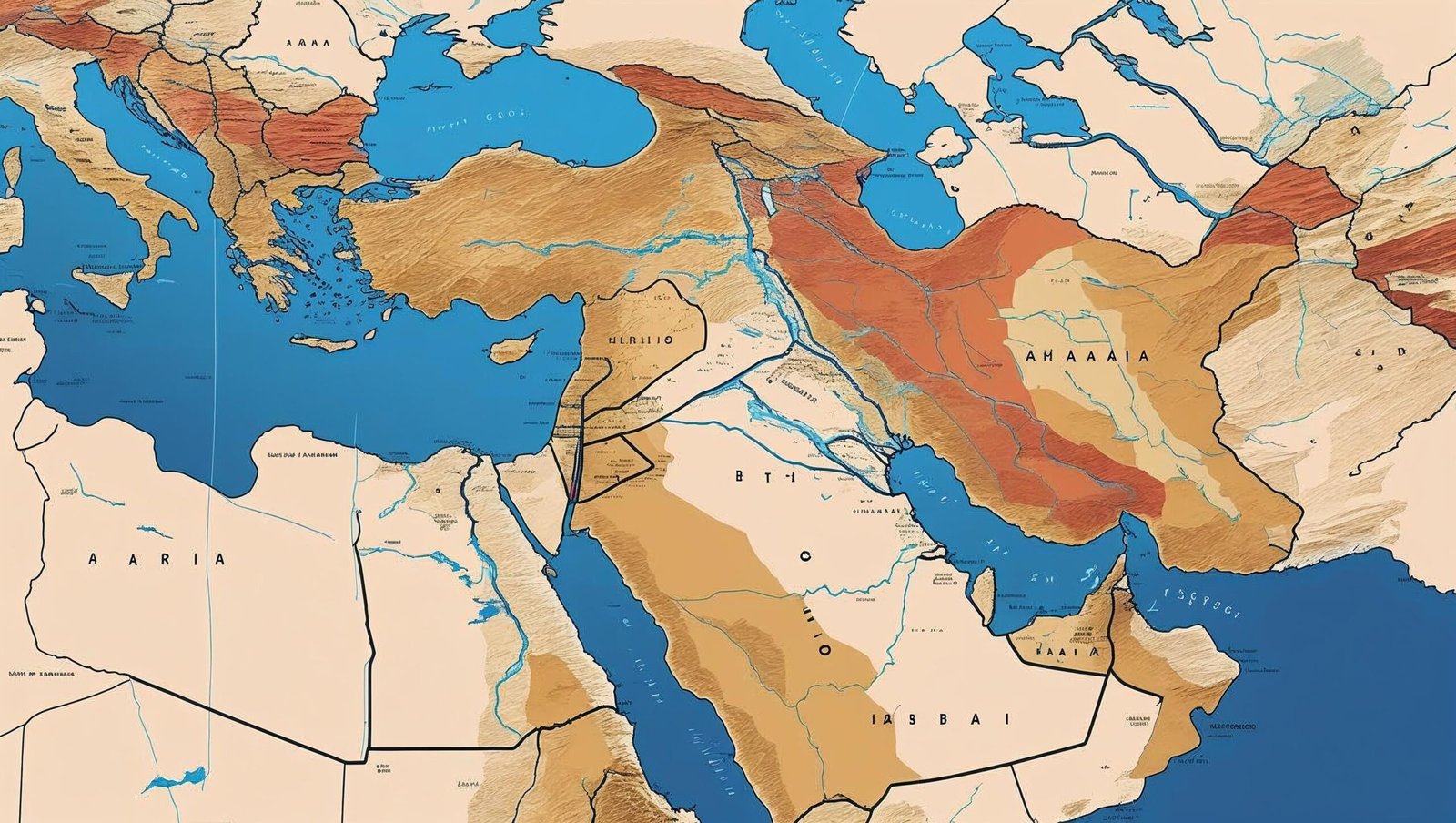
6. Europe’s Complex Terrain and Political Diversity
Kaplan describes Europe as a continent of peninsulas, divided by rivers and mountains. This geographical segmentation birthed its famed diversity—culturally, politically, and economically.
However, it also explains Europe’s long history of wars and the difficulty of establishing enduring unity. The European Union’s current struggles reflect, in Kaplan’s view, the revenge of geography at a continental level.
As The Revenge of Geography argues, the continent’s terrain has consistently shaped alliances, economic zones, and national identities. The book ties together the historical fragmentation with modern challenges like Brexit and the rise of nationalism.
7. Africa’s Isolation and Underdevelopment
One of the most thought-provoking sections in The Revenge of Geography addresses Africa. Kaplan contends that Africa’s fragmented rivers, lack of navigable coastlines, and plateaued terrain have hindered connectivity and integration.
He attributes much of Africa’s economic hardship to these geographical limitations rather than purely colonial exploitation or governance failures.
Kaplan insists in The Revenge of Geography that while Africa is rich in resources, its geographical barriers must be recognized as a core reason for its underdevelopment. This perspective reframes the continent’s struggles through a more structural and physical lens.
8. The United States: Geography as a Blessing
Kaplan sees America’s geography as the ultimate advantage. Protected by oceans, rich in natural resources, and blessed with navigable rivers and fertile lands, the U.S. was positioned for greatness.
However, The Revenge of Geography warns that taking this for granted—through overreach or disregard for external geography—can lead to decline.
Kaplan’s argument is clear: even in a digital world, America’s geopolitical leadership is intertwined with its geography, and it must act with geographic foresight to sustain its influence.
9. Iran, Turkey, and the Importance of Pivot States
Pivot states are those whose geography places them at the crossroads of civilizations. Iran connects the Middle East with Central Asia; Turkey bridges Europe and Asia.
Kaplan emphasizes that the geopolitical behavior of these nations—oscillating between regional hegemony and global influence—is shaped largely by their location.
In The Revenge of Geography, these nations are cast not as rogue players but as geographic pivot points whose roles are defined more by terrain than by ideology alone.
10. The Future of Geopolitics: Technology vs. Terrain
In his concluding chapters, Kaplan does not dismiss technology but stresses that geography sets the parameters within which all innovation occurs.
Cyberwarfare, space defense, and drone operations still originate from specific places on Earth. Climate change, rising sea levels, and the melting Arctic will all trigger new geographical realities—proof, Kaplan argues in The Revenge of Geography, that geography is far from obsolete.
The Arctic’s thawing and new trade routes, rising sea levels threatening coastal cities, and climate-induced migration will be the next chapters in the revenge of geography.
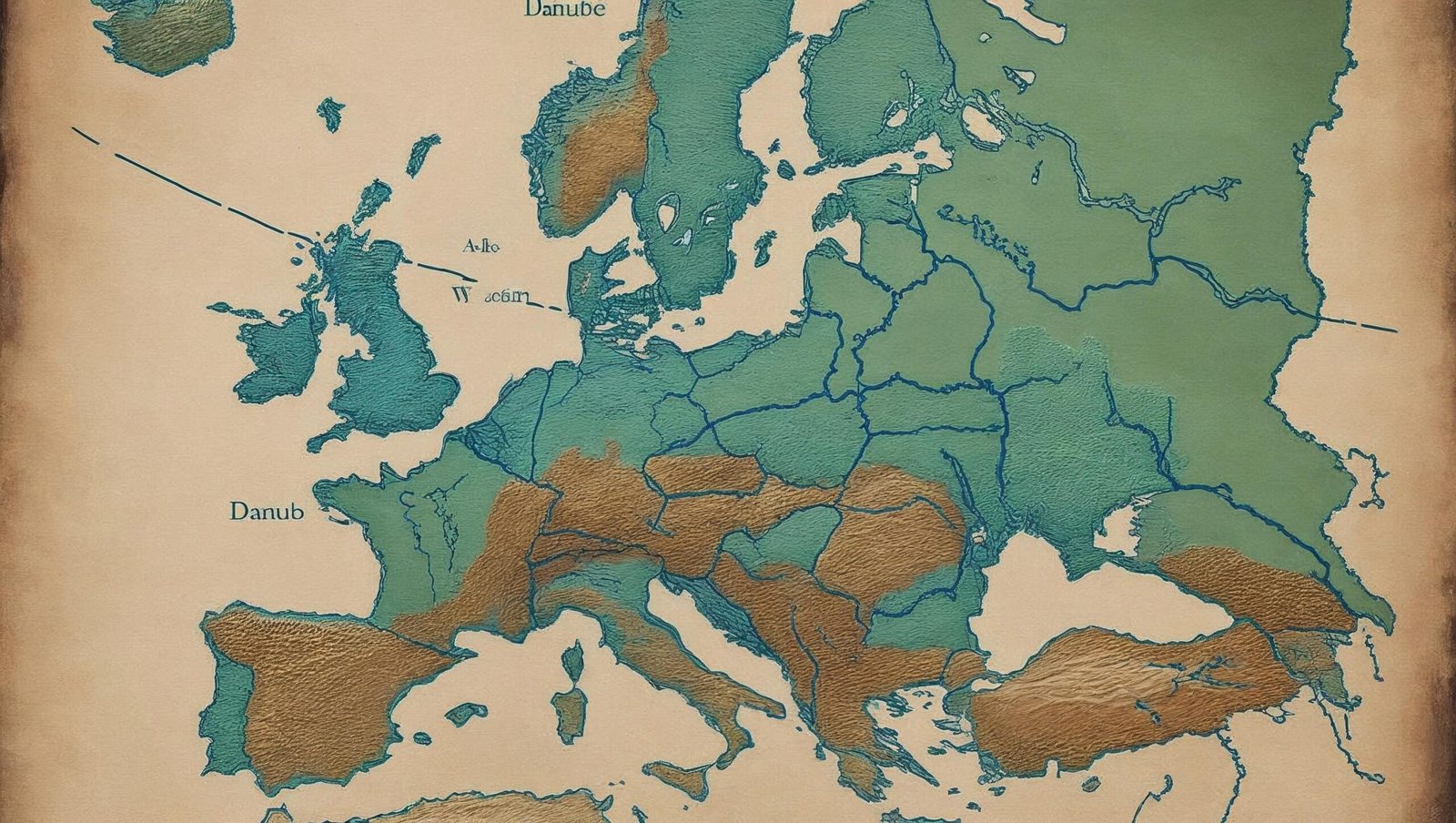
📌 The Relevance of The Revenge of Geography Today
Robert D. Kaplan’s arguments in The Revenge of Geography remain uncannily relevant. The ongoing conflicts in Ukraine, the South China Sea, and the Red Sea chokepoints all underscore his thesis: leaders ignore geography at their peril.
The book acts as a geopolitical compass, urging policymakers, scholars, and readers to consult the map before formulating international strategies.
🌍 The Return of Great Power Politics and Geography’s Role
In the post-Cold War world, many scholars predicted the “end of history,” claiming ideological battles would replace physical conflicts. But The Revenge of Geography counters this naive optimism. Kaplan explains that with the rise of China, the resurgence of Russia, and the decline of American hegemony, we are entering an era marked by great power competition—and geography is at the heart of this shift.
Russia’s incursion into Ukraine wasn’t merely about ideology or economics—it was about territorial buffers, Black Sea access, and influence over the Eurasian landmass. Similarly, China’s assertiveness in the South China Sea and along the Himalayan border with India are not ideological actions but deeply geographic ones, tied to trade security, border integrity, and regional dominance.
Kaplan shows in The Revenge of Geography that the world never outgrew its map. Rather, it now faces a more complex cartography, where historical rivalries and geographical truths collide with modern ambitions and technologies.
🧭 Geographic Illiteracy: A Modern Policy Crisis
One of the strongest secondary arguments Kaplan makes in The Revenge of Geography is that modern policymakers suffer from geographic illiteracy. As leaders focus increasingly on social media optics, economic indicators, or climate targets, they often forget to consult the physical map.
Kaplan warns that without grounding in the geographical realities of the regions they’re engaging with, decision-makers risk catastrophic miscalculations. For example, U.S. involvement in Afghanistan was hampered by a lack of historical understanding of its tribal topography and mountain chains. The same holds true for Libya and Syria, where complex terrains and fractured ethnic geographies made Western intervention highly ineffective.
Kaplan believes in the necessity of “geographic realism”—an approach that doesn’t reject values and ideals but tempers them with respect for terrain, history, and regional complexity. The Revenge of Geography calls for education systems and foreign policy institutions to bring geography back into the center of strategic thinking.
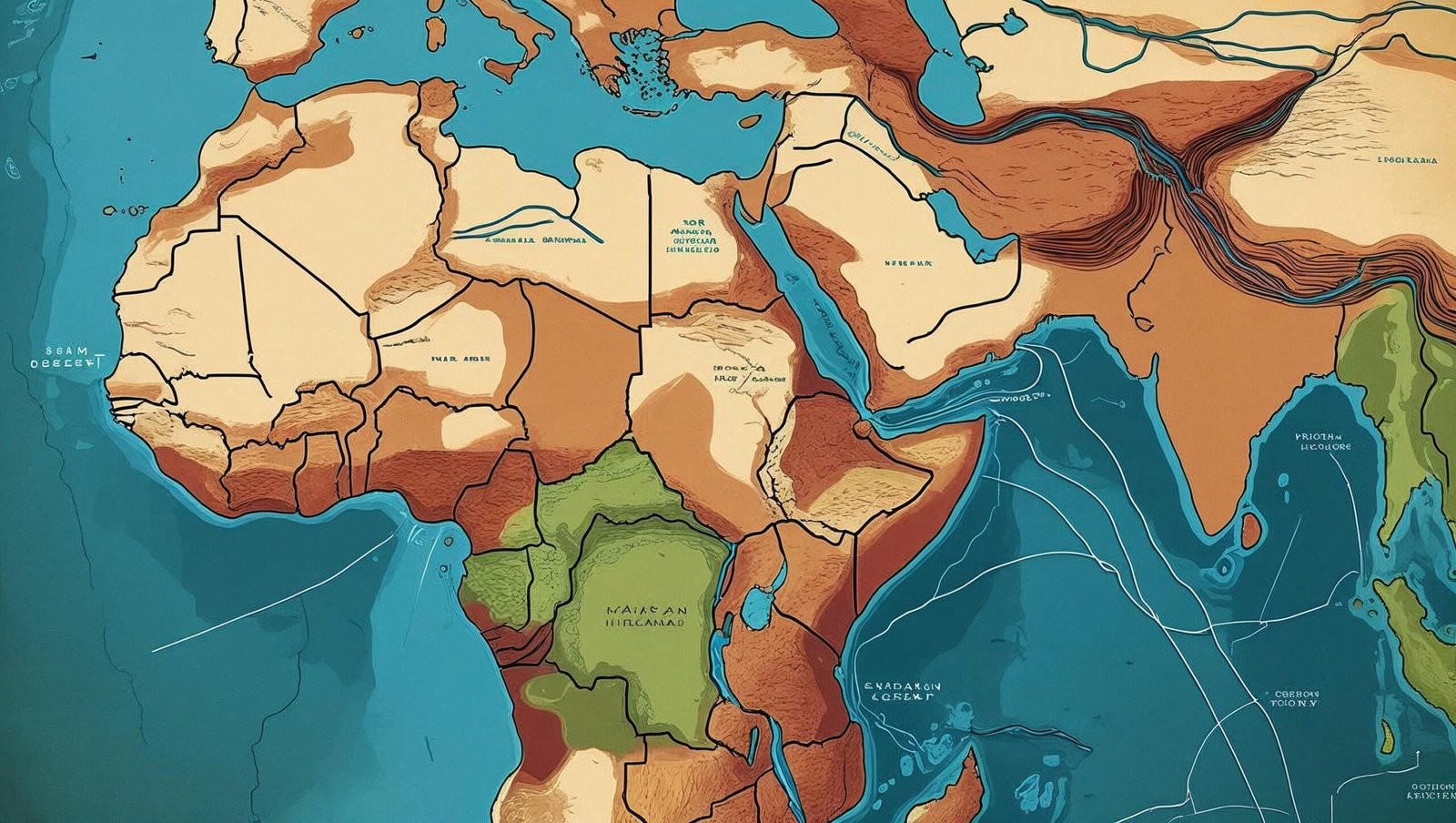
🌐 Globalization vs. Geography: A False Dichotomy
Many critics of Kaplan initially dismissed The Revenge of Geography by saying that globalization renders geography obsolete. But Kaplan turns this argument on its head, asserting that globalization makes geography even more relevant.
Why? Because as nations become more interconnected, the chokepoints of geography become even more critical. The Strait of Malacca, the Panama Canal, the Arctic Sea Route—these physical places become nodes through which global commerce, migration, and even conflict flow.
Furthermore, cyber warfare may occur in digital spaces, but its origin points and effects are geographically bound. A virus launched from a server in Iran may target infrastructure in the U.S., but the repercussions—electric grid failures, satellite disruptions—unfold on physical terrain. In this way, The Revenge of Geography urges us not to view geography and globalization as opposites but as interdependent frameworks shaping the 21st century.
⚖️ Criticisms of The Revenge of Geography and Kaplan’s Response
While Kaplan’s thesis has been widely praised, it hasn’t escaped criticism. Some scholars argue that The Revenge of Geography leans too heavily into determinism—that it suggests geography is destiny and leaves little room for human agency, culture, or diplomacy.
However, Kaplan anticipates this critique in his own writing. He clarifies that his position is not determinism but realism. Geography doesn’t dictate outcomes, he argues—it sets constraints and parameters. Leaders still have choices, but those choices are made within boundaries imposed by geography.
Moreover, critics from developing nations have pointed out that Kaplan occasionally focuses too much on great power perspectives, underrepresenting the agency of smaller or non-Western nations. Still, even these critiques acknowledge that The Revenge of Geography fills a vital gap in international relations theory by bringing physical space back into strategic analysis.
🛰️ The Rise of Space Geography and the New Frontier
An exciting aspect that Kaplan only touches on—but one that builds from his logic—is the geopolitics of outer space. As nations launch satellites, develop anti-satellite weapons, and even plan lunar exploration, a new form of geography is emerging: space geography.
Orbital slots, satellite corridors, and lunar poles are becoming the 21st-century equivalents of straits and mountain passes. In the spirit of The Revenge of Geography, we must consider how space, once considered infinite and open, is already being divided and contested. Countries like the United States, China, and India now treat space as a domain for strategic control—complete with maps, zones, and military assets.
In this sense, Kaplan’s thesis is not limited to Earth. The principles of territoriality, strategic depth, and access to key routes extend into the cosmos. The revenge of geography continues—even in zero gravity.
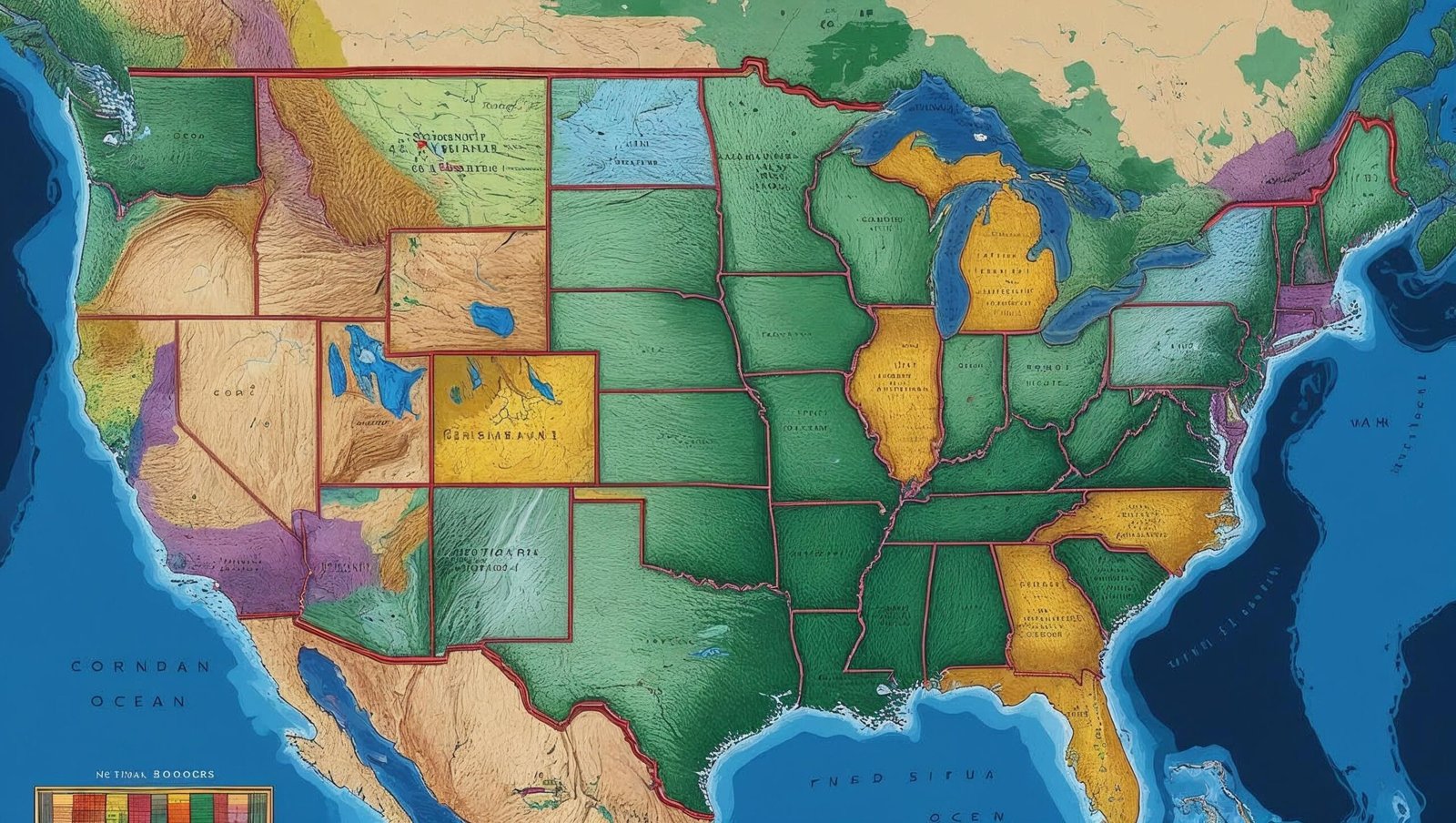
🌋 Climate Change: Geography in Flux
Another powerful extension of Kaplan’s thesis in The Revenge of Geography is how climate change is reshaping geography itself. Rising sea levels threaten to redraw coastlines. Melting Arctic ice is opening up new shipping lanes and resource zones. Desertification is pushing millions into urban centers and across borders.
These changes do not negate geography—they intensify its importance. For example, Bangladesh, already squeezed between rising seas and dense population, faces a catastrophic humanitarian future. Similarly, Sub-Saharan Africa’s Sahel region is becoming a powder keg, where climate-induced migration meets ethnic conflict and state collapse.
Kaplan’s argument in The Revenge of Geography helps us understand these shifts: geography is not static. It evolves with nature and human intervention. But no matter the change, its effects are real, measurable, and central to geopolitics.
🧠 Why The Revenge of Geography Is a Must-Read for 21st-Century Thinkers
Kaplan’s insights go far beyond maps and borders. The Revenge of Geography is a call for intellectual humility. It reminds readers that the earth’s shape, texture, and form have endured longer than any ideology or superpower.
The book trains us to think in terms of deep time and deep space—to understand that the struggles of today are shaped by the rivers carved millennia ago, the plateaus forged by tectonics, and the mountain passes that armies have crossed for centuries.
For students of history, geopolitics, military strategy, environmental studies, or even business, The Revenge of Geography offers a lens to understand the world more holistically.
🌟 Final Thoughts
To ignore geography is to misunderstand the canvas on which all human drama unfolds. Robert D. Kaplan’s The Revenge of Geography is not just a book—it’s a framework for thinking, a manifesto for grounded strategy, and a reminder that the earth itself is a living, breathing force in global affairs.
As climate change, cyber warfare, great power rivalry, and migration crises accelerate, the map will become not less relevant—but more. And The Revenge of Geography will remain a timeless guide.

✅ FAQs
Q1. What is the main idea behind The Revenge of Geography?
The book argues that geography—terrain, borders, and physical features—continues to dictate the political and military behavior of nations.
Q2. Is The Revenge of Geography still relevant today?
Yes. The book’s emphasis on geography’s role in current global conflicts, from Russia’s aggression to China’s sea claims, makes it extremely timely.
Q3. Does Kaplan dismiss the role of technology?
No. He integrates technology into his argument but stresses that it operates within the physical constraints of geography.
Q4. How does Kaplan differ from other geopolitical analysts?
He blends historical wisdom with modern analysis, offering a long-term view rooted in maps and terrain.
Q5. Who should read The Revenge of Geography?
Policymakers, students of international relations, military strategists, and anyone curious about the deeper causes of global events.
📘 Conclusion
Robert D. Kaplan’s The Revenge of Geography is a masterwork that bridges history, political science, and strategic thought. It revitalizes the age-old truth that despite rapid globalization, the Earth beneath our feet continues to shape our destinies. In a world of temporary headlines, Kaplan’s insights endure.
This detailed review has presented 10 essential lessons that make The Revenge of Geography an indispensable read for understanding contemporary geopolitics.
For more insightful reviews and geopolitical analyses, visit 👉 shubhanshuinsights.com
💬 Powerful Closing Comments:
“Kaplan’s book doesn’t just describe the world—it decodes it.”
“Essential reading for anyone serious about foreign policy and global strategy.”
“A sobering reminder: satellites may orbit the earth, but it’s the terrain below that shapes the future.”